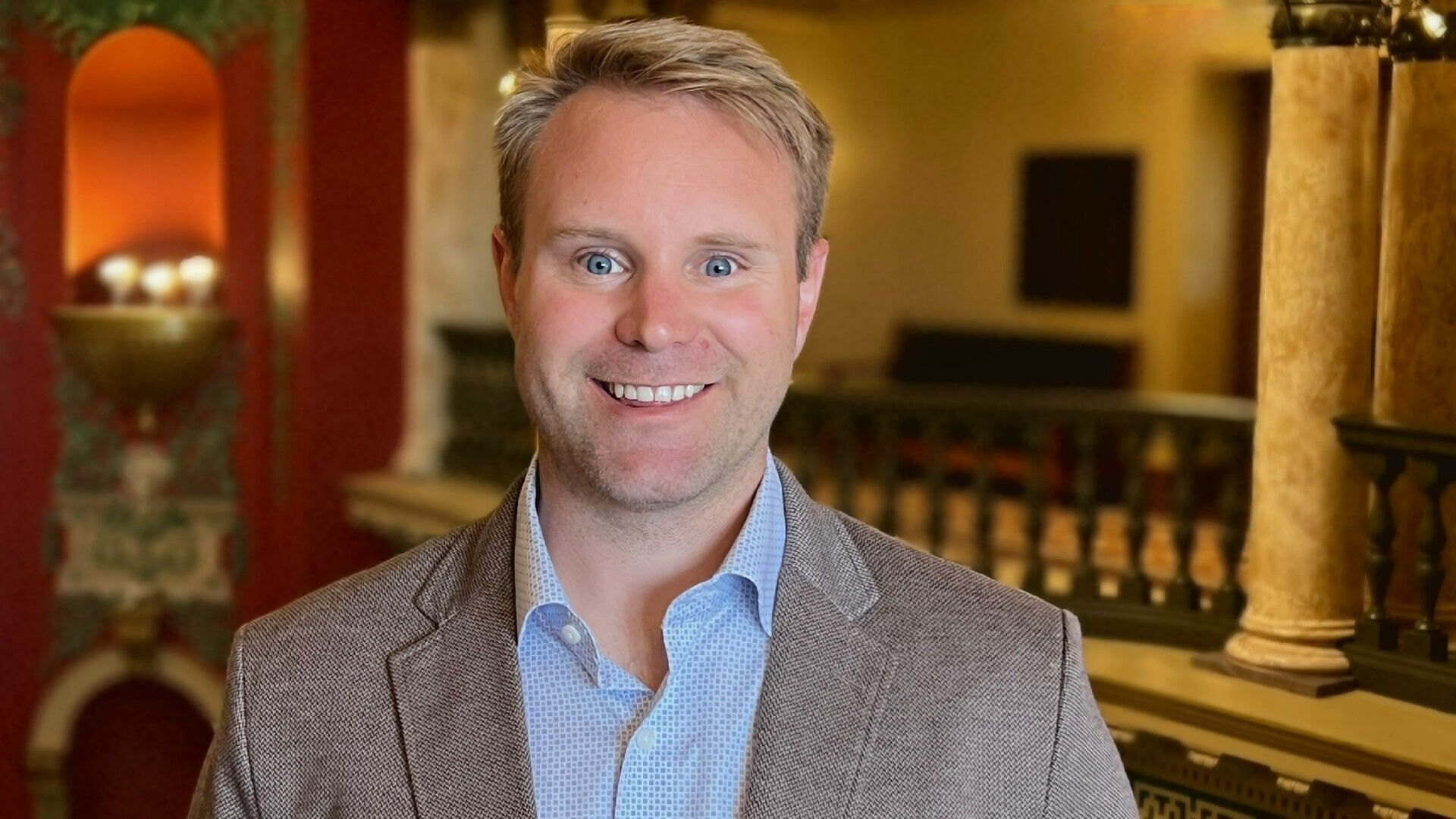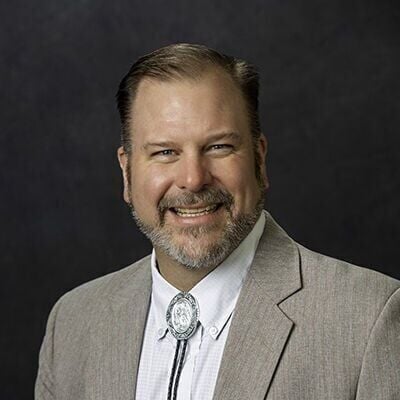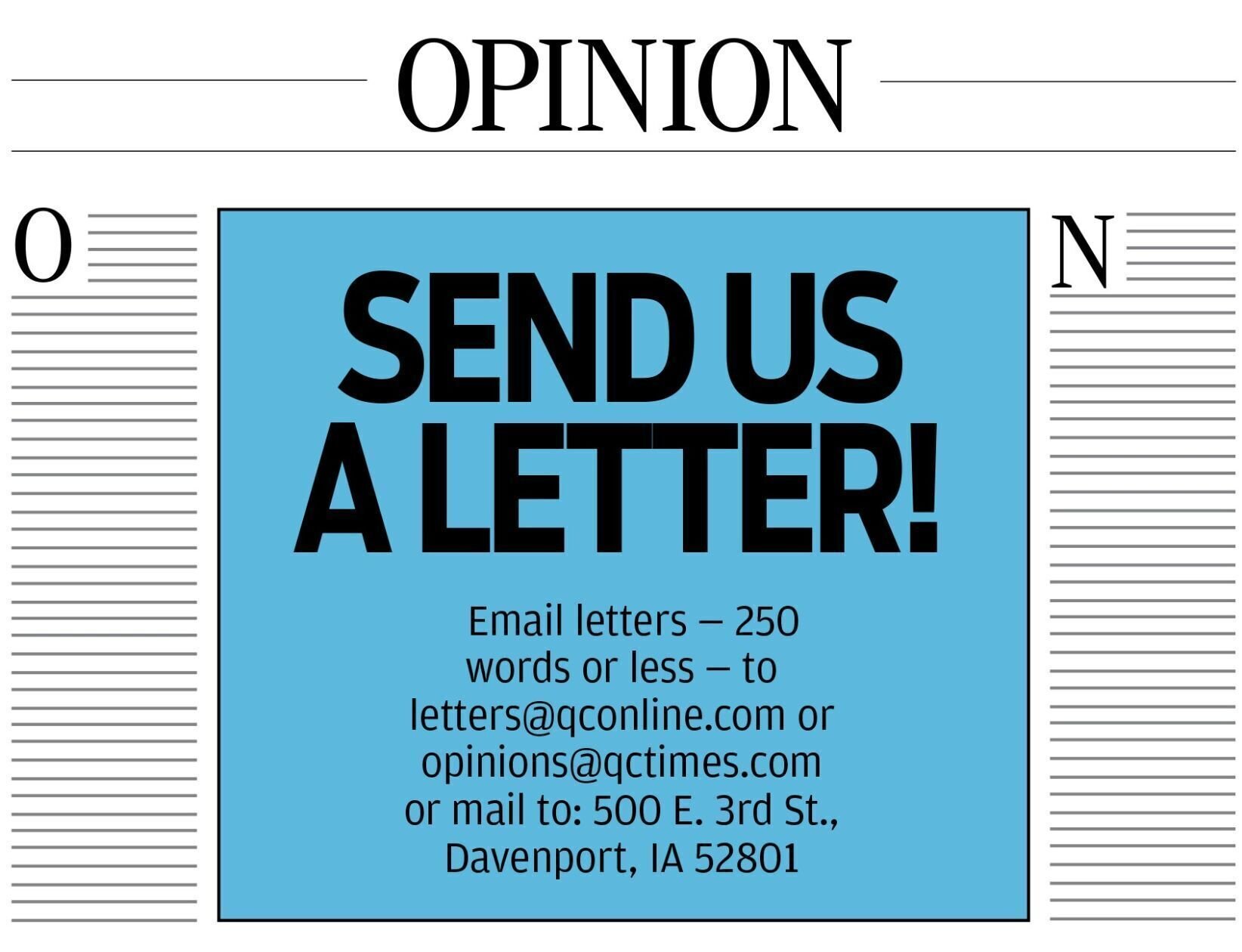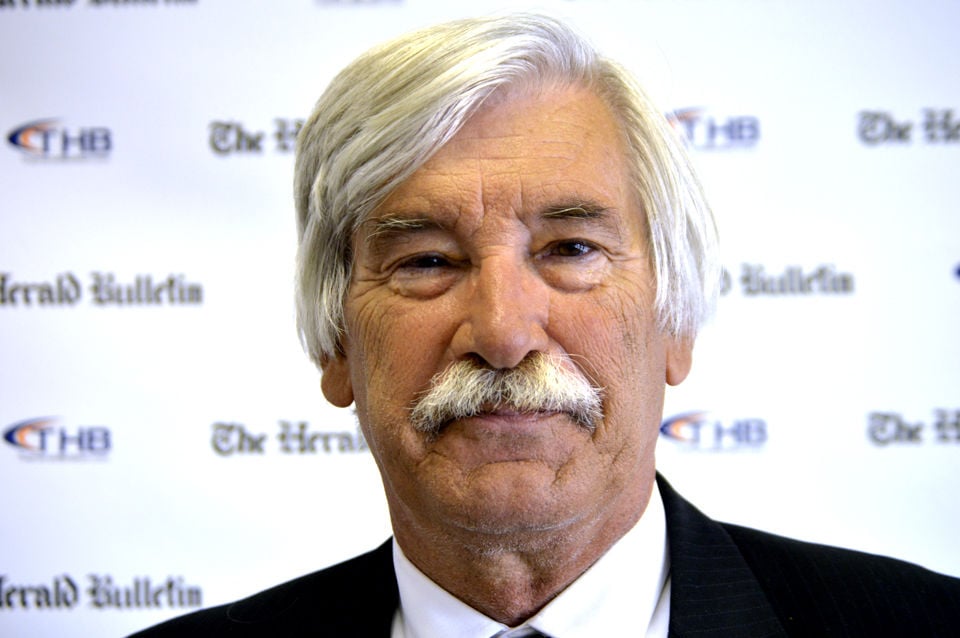Stephen Miran, President Trump’s choice for the Federal Reserve, is slated to appear before the Senate Banking Committee on September 4. The timing is critical, as the administration hopes to confirm him before the upcoming Federal Open Market Committee meeting on September 16 and 17.
Trump’s Fed pick Stephen Miran hearing to be September 4, US Senate Banking Committee says
Key Takeaways:
- Miran’s confirmation hearing is scheduled for September 4 at 10 a.m.
- The administration wants him seated before the September 16–17 FOMC meeting.
- Miran currently chairs the president’s council of economic advisers.
- He advocates for steep interest rate cuts and is unconcerned by inflation impacts from tariffs.
- Miran also supports diminishing Fed independence to grant the White House greater control.
Introduction
The Senate Banking Committee has officially scheduled a hearing on September 4 at 10 a.m. for Stephen Miran, President Trump’s designated pick for the Federal Reserve. This move highlights the White House’s intent to have Miran in place before the next Federal Open Market Committee (FOMC) meeting on September 16 and 17.
Background on Stephen Miran
Miran is currently the chair of the president’s council of economic advisers. His economic outlook largely aligns with the Trump administration’s priorities, making him a favored candidate for the upcoming Fed vacancy. Political observers note that the president wants policymakers who support his push for an immediate rate cut.
The Rush for Confirmation
According to the Senate Banking Committee’s announcement, lawmakers plan to fast-track Miran’s confirmation process to ensure he can vote on key decisions at the September FOMC gathering. Commentators suggest that the administration’s objective is to surround the table with like-minded officials who will back the president’s monetary policy goals.
Controversial Views on Monetary Policy
Miran has drawn attention for several unorthodox positions. He has “called for sharply lower interest rates” despite ongoing debates about inflation. Moreover, he “says there is no inflation impact from tariffs,” a viewpoint that contrasts with many traditional economic assessments. Perhaps most notably, he “wants Fed independence dismantled to give Trump far stronger control over Bank, including the right to fire its leadership for any reason,” sparking significant discussion about the future of central bank autonomy.
Possible Implications
If Miran is confirmed, his presence could shift the Federal Reserve’s stance toward more aggressive rate cuts. His advocacy for diminishing the Fed’s independence suggests potential for greater presidential influence over the nation’s monetary policy—a development that could reshape the central bank’s role well beyond the current administration.
Conclusion
With the September 16–17 FOMC meeting looming, the rapid scheduling of Miran’s hearing underscores both the White House’s determination to steer monetary policy and the heightened debate surrounding the Fed’s autonomy. As the Senate Banking Committee prepares to convene on September 4, observers across Washington will be watching to see whether Miran’s controversial proposals gain the traction needed to reshape America’s central banking landscape.











